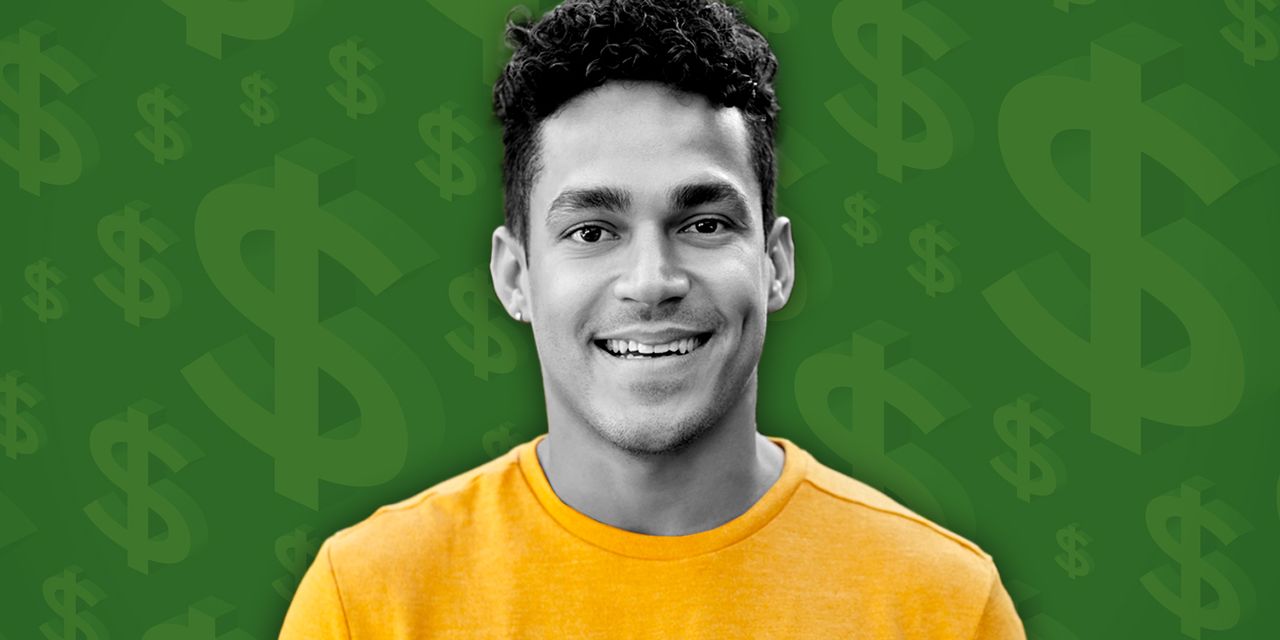Certificates of deposit are investment vehicles that attract people looking for a safe haven for their cash in an uncertain economic climate. CD rates typically track the federal-funds rate, which is currently 5.25% to 5.50%. Right now, inflation is high, but unemployment is low. And even though prices are high, retail sales were stronger than expected in July, helping douse fears of an imminent recession.
The Federal Reserve raised its benchmark rates at 11 of its past 12 policy meetings. “During the past 18 months of rising rates, it was relatively easy to anticipate Fed rate hikes, because inflation was very high,” said Dan Geller, a behavioral economist based in San Francisco. “The next 12 months are going to be much more complicated and challenging.”
Once the Fed is convinced that inflation is inching towards its 2% target rate, it’s likely to practice a “wait and see” stance for at least six months to ensure that inflation does not resurface, he said. Assuming that the Fed will halt hiking the funds rate in the fall of 2023, it will be the spring or summer of 2024 before rates could start to recede, Geller added.
The yearly rate of inflation rose to 3.2% in July from 3% in the prior month, the latest consumer price index showed earlier this month. It marked the first increase in 13 months. Even though CPI is still off the Fed’s 2% target, it’s less likely to hike rates at its next policy meeting in September, most economists say. In fact, financial markets put the odds close to zero.
So what will that mean for CD rates?
“CD rates are probably at or near their peak,” said Ted Rossman, a senior analyst at Bankrate. “According to the CME FedWatch Tool, investors’ best guess is that the Fed is done raising rates. There’s a decent chance we could get one more quarter-point hike, but unless something really goes sideways with inflation, we’re at or very close to the end of this rate-hiking cycle.”
The average yield on a one-year CD is 1.86%, and on a five-year CD, it’s 1.28%, Rossman said. But the highest-yielding accounts are offering 5.25% for a one-year CD from UFB Direct
AX,
and 4.65% for a five-year CD from First National Bank of America.
“If you’re a retiree who’s drawn to CDs for their safety, perhaps hedge your bets against interest-rate risk and open a CD ladder,” Rossman said. “Buy one-, two-, three-, four- and five-year CDs now, so that you have one maturing every year, and then reinvest by buying a new five-year CD every time that happens. It’s unusual that one-year CDs yield more — in many cases — than five-year CDs.”
“‘CD rates are probably at or near their peak.’”
One reason for that may be that “smaller [and] mid-size banks [want] to raise more capital due to the recent bank-failure tumult,” he said.
“Projecting how high CD rates could climb depends on the broader economic environment,” said Ryan Greiser, a certified financial planner in Doylestown, Pa. “If the Federal Reserve continues raising interest rates to curb inflation, CD rates might see a moderate increase. However, CD rates typically lag behind other interest rates, so dramatic spikes are less common.”
Competition among financial institutions has driven the rise in CD rates. “We’ve seen a lot of jumping around to different institutions chasing yield,” said Dan Herron, principal at Elemental Wealth Advisors in San Luis Obispo, Calif. “I think the institutions are catching on to that, trying to attract new business and reduce the likelihood of folks leaving to a different bank [or] provider.”
In theory, banks could continue raising CD rates, Herron told MarketWatch. “However, usually banks peg their CD rates to current federal-fund rates and monitor the increases [or] decreases in those rates frequently. If someone offered me 10% on a CD, when the average yield on a CD or high-yield savings account is 4.5%,” he said, “I’d ask for the catch.”
“‘The next 12 months are going to be more complicated.’”
There are other advantages to taking out a CD, said Christopher Maher, chairman and chief executive of OceanFirst Bank in Ocean County, N.J. “Many banks will let you borrow against the certificate of deposit without touching the principal, or have provisions to access the funds in the event of an emergency,” he said.
He advises people looking to park money in a CD to keep abreast of interest-rate trends to see whether CD APYs are at an historic low or high, and pay close attention to Federal Reserve announcements and forecasts about rates. (Average 1-year CD rates last surpassed 10% in the mid-1980s.)
Ken Tumin is the founder of DepositAccounts.com, which tracks CD rates. “Attracting new customers with top-rate CD specials can be a reasonable strategy,” he noted. “Short-term CD specials with maximum deposits can limit how much the institution has to pay out to each customer.” Those specials may also come with requirements, forcing customers to deposit funds from another institution.
“Lastly, some institutions may require a checking-account relationship to qualify for the CD special with the top rate,” Tumin said. “Sometimes they may also require certain activities like direct deposit. In these cases, the CD special is like a checking-account cash bonus. Instead of the cash bonus, you get an interest rate that’s higher than any other CD on the market.”
Banks must be careful about setting CD rates
The one-year CD will continue to be popular, Geller said. “The key to the behavior of depositors is uncertainty,” he told MarketWatch. “Some institutions offer loss leaders. These are all specials. Of course, 7% specials are for a limited amount and a limited time. The reason is, they are unsustainable. A bank or credit union cannot survive on such high interest rates.”
Banks and credit unions must have sustainable net interest margins — the difference between the interest rate they make on loans and the one they pay on deposits — of at least 3% in order to survive and pay their bills, Geller said. “Banks and credit unions are more likely to offer specials around 4.5% and 5%, so they will at least maintain those 3% net interest margins,” he said.
“Banks and credit unions need liquidity,” he added. “They need those deposits. Deposits are the lifeblood of banks and credit unions. They want to resell those deposits through loans. There are strict regulations about the level of liquidity each institution is supposed to have, and we live in an era where your liquidity can be gone in a second.”
“‘Usually banks peg their CD rates to current federal-fund rates.’”
In March, Silicon Valley Bank, which helped fund technology startups backed by venture-capital firms, closed its doors. That was followed three days later by the closure of New York-based Signature Bank, which was the third-largest failure in U.S. banking history. Then in May came the failure of First Republic Bank, which was taken over by JPMorgan Chase
JPM,
Geller said financial institutions should always price their deposit rates “optimally and scientifically,” adding there are no signs “that would justify or support” a widespread adoption of CDs with unsustainably high rates. “People can sit at their kitchen table and move money out of their account in seconds.”
High-yield savings-accounts, meanwhile, currently have interest rates as high as 5.25% — such as this offer from UFB Direct. “This could change at any point, so someone who wants the longer-term safety and security of sizable cash deposits should probably still opt for one- to five-year CDs,” Rossman said. “But savings accounts are an attractive place to park your emergency savings.”
Read the full article here





